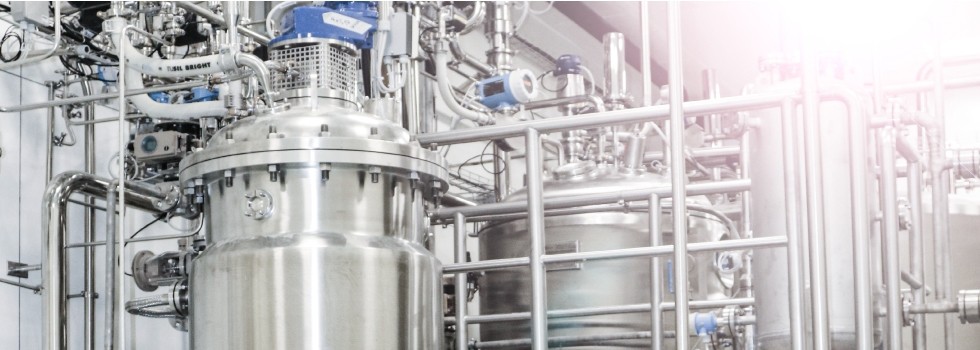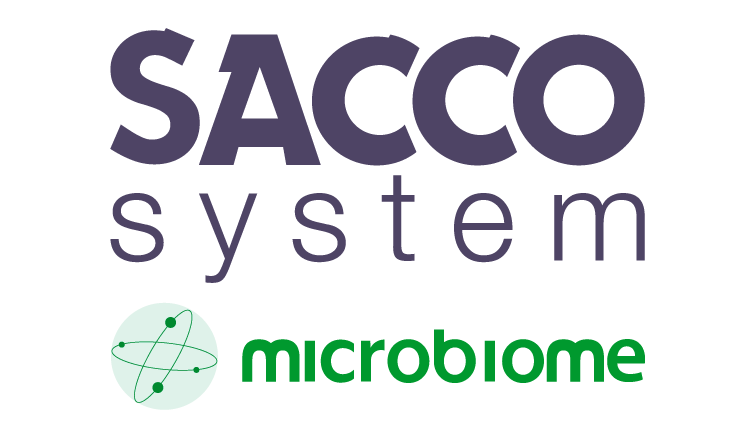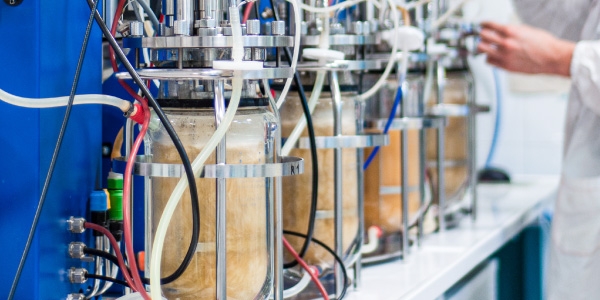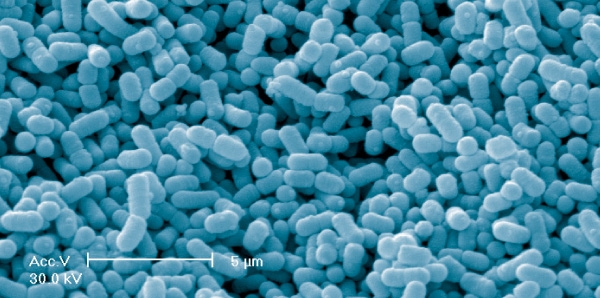Promotional Features
6 ways to transform live biotherapeutic products into commercial success
With the development of live biotherapeutic products (LBPs) now more than a decade old, research and development questions have evolved from understanding how to handle these organisms to manufacturing at a commercial scale.
With several biotech companies, such as Rebiotix, Vedanta and Seres, having either completed or started phase three clinical trials, plans for commercial manufacture are well underway.1 Developing a robust process that is commercially ready is a critical requirement for maximising market returns after a long investment period. Additionally, they must manufacture under current good manufacturing practice (CGMP)and provide appropriate, up-to-date stability testing technologies for development and manufacturing processes. GMP documentation covers the facility, equipment, process, and stability of the product and Contract Development and Manufacturing Organization (CDMO). This documentation is critical for delivering high quality LBP manufacturing and stability studies.2,3
1. Commercial Manufacturing Considerations for LBPs: Late Phase Development
Developing a scalable and robust process through the clinical trial phase needs to be conducted thorough risk/benefit analyses early in these project phase. However, as the LBP moves closer to phase 3/commercial manufacture, conducting the manufacture as close to a commercial scale as possible (>5,000 L) provides a clear pathway to market. Raw materials and consumables that are rarely an issue in small scale manufacture become a critical bottleneck that a commercial manufacture can navigate through their supplier channels and purchasing power.
Therefore, selecting a CDMO that has a track record in mitigating the risks involved in the manufacturing process, such as large-scale culture media sterilisation, concentration, lyophilisation and milling, is important. Manufacturing partners must have experience with a variety of species, and strains, and offer scale-up throughout the process. With respect to LBP manufacturing, it is critical to work with a partner that has appropriately sized equipment in fermentation capacity, lyophilization drying capacity; and working knowledge of anaerobic microbes, for reasons as set out below.
2. Equipment, scalability and viability
As commercial manufacture is the end point, CDMOs need to ensure that the various phases of LBP development, from early research to late clinical phase in fermentation and downstream, can be scaled-up. Manufacture and stability of microbial master cell banks and working cell banks should be well established by this stage of development. The use of working cell banks is critical to provide robustness and durability for future commercial manufacture.
Scalability and viability depend on the CDMO understanding how to measure and grow strains under different conditions, such as lyophilised and non-lyophilised products. Access to equipment such as Flow Cytometers (FC), Ultra High Temperature (UHT) sterilisation systems, anaerobic continuous centrifuges, liquid nitrogen pelletisers and anaerobic milling systems are now becoming an expectation in LBP manufacturing environments. Having a partner that has both the equipment and experience allows seamless transition from clinical phase to commercial manufacture.
3. Strict anaerobic expertise
A track record in manufacturing strict anaerobic cultures in a GMP environment is an essential requirement to produce LBPs. Media preparation, manufacture and packaging under anaerobic conditions at capacities ranging from 5L to greater than 5000L are an essential component for a CDMO. Quality control assay validation and qualification under appropriate conditions are also essential. These can be traditional plating techniques or as is becoming more common, methods using Flow Cytometric? for total cell and viable cell counts.4 The use of FC may also assist with the development of process robustness using oxidative stress assays as part of the development and scale up pathway.5
Is the CDMO able to operate to meet the product specification, do they have numerous process lines and can they conduct manufacturing campaigns to deliver material in the appropriate time frame? Do they offer specific anaerobic product packaging capabilities? These are just some of the questions to ask when considering an LBP partner.
4. Commercial manufacture
Manufacturing LBPs at industrial scale involves equipment and processing methods that can vary from those at development and semi-industrial scale. Media sterilisation can either be Steam-In-Place (SIP), Ultra High Temperature (UHT), or sterile filtration. The method of media sterilisation can have an influence of the growth and handling of the fermentation.5 With Industrial scale fermentation systems, UHT is the most common method of sterilisation, while at development and semi-industrial scale, SIP or SIP/sterile filtration is used. The effect on the difference in process methods may change the growth, size and viability of the LBP product. Due to the scale, additional seed stages may also need to be included in the process design.
Concentration of the biomass can also require different methods across the project life. At small development scale batch centrifugation or hollow fibre filtration is the most common method. However, at the industrial scale these methods can be too costly, timely or require significant engineering input to handle the increased volumes and hydrolytic pressure of processing thousands of litres of fermentation product. The use of continuous or discontinuous centrifugation, coupled with anaerobic handling, is the most common method of cell concentration at the commercial scale.
Finally, the lyophilisation of the LBP under anaerobic conditions at both development, semi-industrial and industrial scale can vary across the methods and equipment specifications. Understanding these changes and their impact is critical to maintaining a robust and viable product through to commercial manufacture.
5. Lyophilization
LBP growth requirements are specific to the strain and the stage of the manufacturing process. Stabilising these bacteria for long term use requires placing these products in a form which enable them to be stored for long periods of time under conditions that can easily be maintained. The common method used to achieve this state is lyophilisation which employs sublimation under low pressure to remove water from the product. It is the best preservation method to ensure a microorganism’s stability under various conditions. According to the FDA6, advantages of lyophilization include:
- Ease of processing a liquid, which simplifies aseptic handling
- Enhanced stability of a dry powder
- Removal of water without excessive heating of the product
- Enhanced product stability in a dry state
- Rapid and easy dissolution of reconstituted product
In addition to the standard shelf drying lyophilizer, microwave lyophilizers are now being used to improve the drying capacity through more efficient heat distribution to improve sublimation.7 This complements other methods of drying such as electrostatic spray drying.
Selecting a CDMO that understands which methods may be appropriate for a particular LBP can help ensure maximum potency. By using the appropriate method and optimal handling, the viability and potency of the LBP can be maximised for both quality control release assays and for in vivo delivery where microorganisms are restored to their optimal environment. Viability and functionality of the LBP need to be preserved throughout lyophilization, storage, and reconstitution or administration method, otherwise health benefits may go unrealized.
When producing next-generation LBPs, it is important to find a CDMO that has international presence in GMP bacterial manufacturing to supply bulk lyophilization products. The manufacturing organisation needs to be able to freeze-dry bacterial cultures to deliver lyophilized LBPs in cGMP for clinical trials with the aim to transition into commercial supply. Lyophilization equipment must be operated and maintained according to current regulatory guidelines for GMP work in both aerobic and anaerobic modes for flexibility when freeze-drying LBP microorganisms.
Select a CDMO that has a track record in supporting companies with quality control methods and qualification measures. Robustness is a critical parameter and must be assessed at multiple points in the manufacturing and packaging process to ensure strength and viability of the product.
6. Collaboration is key
Identifying a microbial CDMO that is open and collaborative with the manufacturing process to deliver on each individual LBP is important. Expertise and technology mean little without communication and collaboration, especially in the rapidly evolving world of LBPs. Having a close partnerships and effective collaboration between LBP developers and manufacturers will help streamline processes, save time and money, and move these next-generation therapeutics into clinical use. Sacco System is a family-owned company with a history that spans 150 years, it has been producing live ferments for the food industry throughout its history and has expanded its capability into the Live Biotherapeutics field over the last few years.
- Its array of research, development and manufacturing sites allows Sacco to bring the right equipment and, more importantly, the right expertise in at the appropriate stage of the development and manufacturing of Live Biotherapeutic Products.
- Sacco’s fermenters range from 1L to 20,000L with each reactor size coupled to the optimal scale centrifugation and lyophilisation equipment and are able to work in conditions ranging from aerobic to strictly anaerobic.
- Its manufacturing excellence is matched by its cutting-edge analytical technology to demonstrate the quality of delivery.
With experience of delivering GMP projects for a number of pharmaceutical and biotech customers, Sacco System can support your project all the way to commercial manufacture.
Author: Jason Ryan PhD, Head of Scientific Development, Sacco System Australia Pty Ltd
References
1. ClinicalTrials.gov. Live biotherapeutic studies recruiting and not-yet recruiting patients. https://www.clinicaltrials.gov/ct2/results?recrs=ab&cond=&term=live+biotherapeutic&cntry=&state=&city=&dist=
2. Cordaillat-Simmons M, et al. Live biotherapeutic products: the importance of a defined regulatory framework. Exp Mol Med 52, 1397–1406 (2020). https://www.nature.com/articles/s12276-020-0437-6#citeas
3. Rouanet A, et al. Live biotherapeutic products, A road map for safety assessment. Frontiers in Medicine. 2020; 7. https://www.frontiersin.org/articles/10.3389/fmed.2020.00237/full
4. Bacteria Counting and Enumeration Assays for Flow Cytometry. https://www.thermofisher.com/au/en/home/life-science/cell-analysis/flow-cytometry/flow-cytometry-assays-reagents/flow-cytometry-microbiology-assays/flow-cytometry-bacteria-counting-enumeration-assays.html
5. Manoil D and Bouillaguet S. Oxidative stress in bacteria measured by flow cytometry. Advances in Biotechnology and Microbiology. 2018, 8(1). https://juniperpublishers.com/aibm/AIBM.MS.ID.555726.php
6. Guide to inspections of lyophilization of parenterals. FDA. https://www.fda.gov/inspections-compliance-enforcement-and-criminal-investigations/inspection-guides/lyophilization-parenteral-793
7. Gitter J, et al. Significant Drying Time Reduction Using Microwave-Assisted Freeze-Drying for a Monoclonal Antibody. Journal of Pharmaceutical Sciences. 2018, 107(10) 2538-2543. https://www.sciencedirect.com/science/article/abs/pii/S0022354918303290
8. Senz M, et al. Influence of Media Heat Sterilization Process on Growth Performance of Representative Strains of the Genus Lactobacillus. Fermentation 2019, 5, 20. https://doi.org/10.3390/fermentation5010020
9. U.S. Food & Drug Administration. Inspection guides: Lyophilization of parenteral. https://www.fda.gov/inspections-compliance-enforcement-and-criminal-investigations/inspection-guides/lyophilization-parenteral-793




